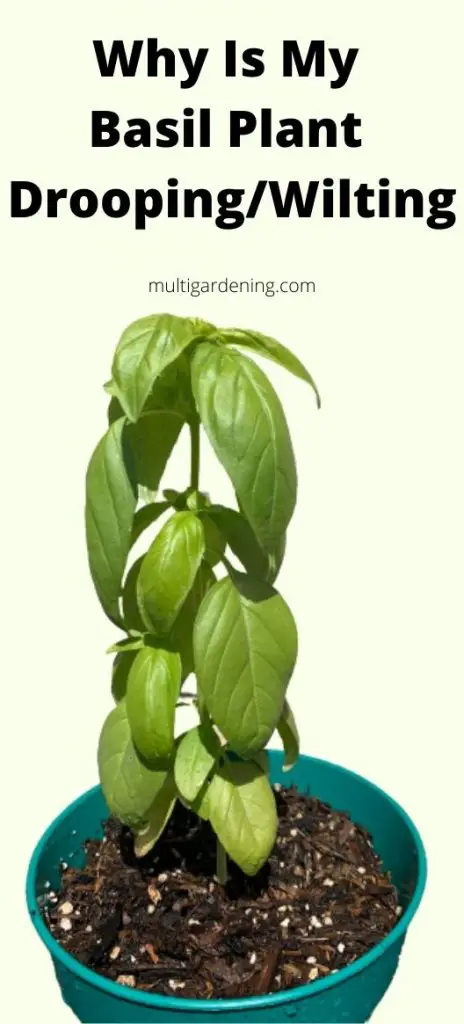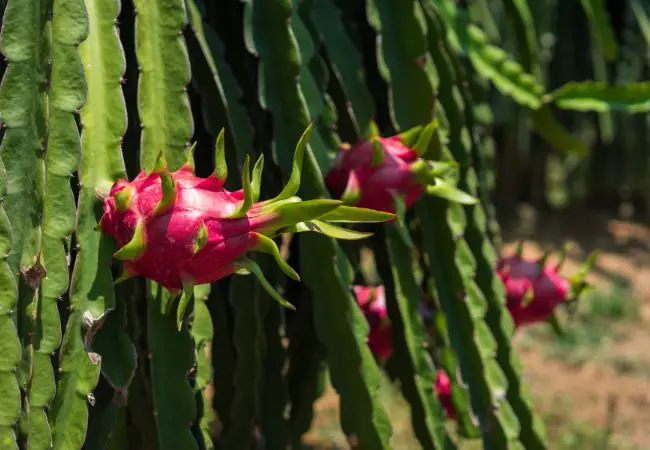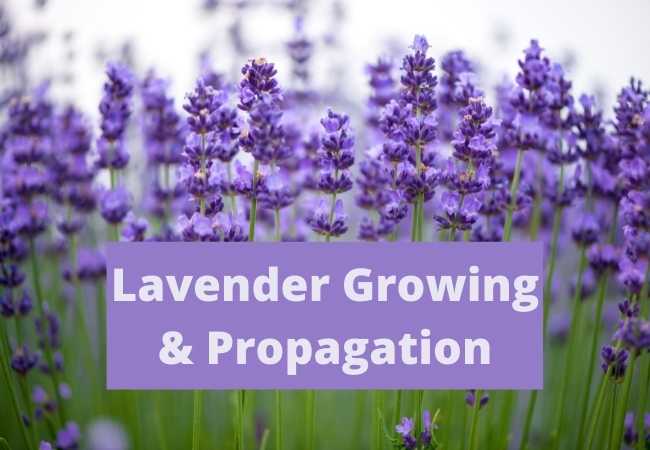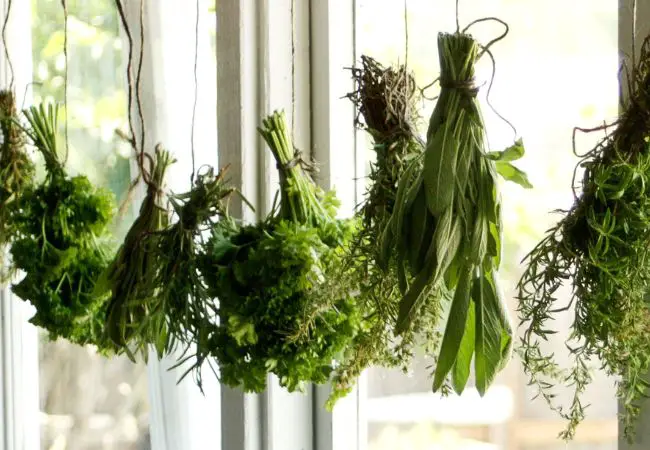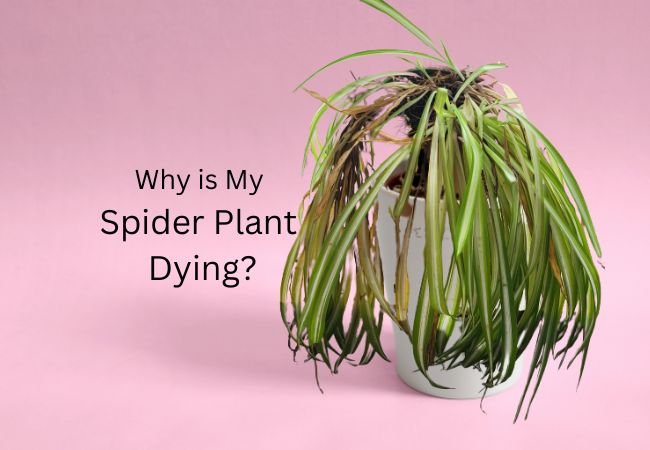Why Is My Basil Plant Drooping And Wilting (Causes/Solutions)
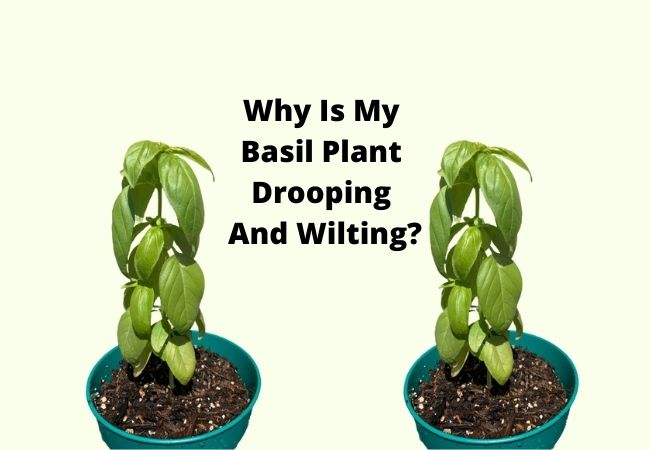
Here are the causes and solutions to why is my basil plant drooping and wilting. Basil is not likely to be affected by the sort of pests that infest tomatoes and other vegetables in a garden. If the leaves of your plant are drooping, look for one or more of these possible causes:
Why Is My Basil Plant Drooping And Wilting?
Basil can be easily grown inside in a sunny location in a pot with good drainage. The plant should be watered regularly, but the soil should dry out between watering. Too much water can kill basil plants.
Why is my Indoor Basil Plant Drooping?
Basil plants are usually grown from seed or cuttings. Basil is not a very fast-growing plant and it may take several weeks before the symptoms of some problems are visible. While you wait for new growth, make sure other factors are not to blame.
Not Enough Sunlight
If the plant is not getting enough light, the leaves will droop and look limp. If it is indoors, make sure there is a sunny window with access to direct sunlight.
Most home-grown basil should receive at least six hours of sun per day during the growing season. If you are growing your basil on countertops, make sure they are receiving enough light.
Alternatively, you can move your basil around from one location to another every few days.
Humidity Too Low
Basil also needs moist soil, not soggy wet soil, and if the air in your home is very dry or you often run a humidifier near the plant, its leaves will droop from lack of humidity.
If it is indoors, make sure there is adequate humidity for your basil plant. Basil doesn’t require special treatment from other houseplants. If your other house plants are thriving in a certain area, then basil will do well also.
Overwatering
Keep the soil around your plant damp but not soggy and always allow it to dry out between watering. When over-watered, basil plants may droop and become mushy.
It might take some practice to get the watering right. Even if you mess up several times, don’t worry, you will become better at identifying the perfect time to water the basil.
One of the tips I used to help me not overwater is sticking my finger in the soil and checking whether it will come out dry.
Cold Temperature
Basil can grow outdoors if the temperature is above 50 degrees Fahrenheit (10 Celsius) and it should not be allowed to freeze. If your plant’s leaves are drooping, move it to a warmer location until you can assess the environment properly.
Basil will not survive outdoor during winter. If you have planted it in pots, move them indoor and continue enjoying your fresh herbs.
Why Is My Basil Plant Wilting?
Root-Rot Fungus
If there are brown sunken patches on the stem or lower side of the leaves that extend into the main stem of the plant, your basil plant may have a root-rot fungus. Basil plants with root rot will not recover.
If your basil is dying from root-rot fungus, it’s recommended to discard it completely. Discard all the soil as well and don’t try to plant new plants in the same soil. Also, don’t dispose of it in your garden where it can spread to other plants.
Planting Too Deep
Basil can be grown indoors in a pot or outdoors in a garden. If you are growing it in a pot, the top of the root ball should not be more than one inch below the surface of the soil.
If you are growing it in a garden, the basil plant’s crown should be between six and twelve inches below the surface of the ground.
If you cover the basil plant too much, it will begin to turn yellow and die. Checking on your plants regularly will help you identify such problems early when they can still be rectified.
Why Is My Basil Plant Wilting In The Sun?
Overwatering
If too much water is given at once, the roots of your basil plant could be sitting in water. The leaves will droop and look limp because they cannot move fluids through them.
Roots need oxygen to survive. Without proper oxygen levels, they die and rot or become invaded by anaerobic organisms that cause root-rot fungus. Ensure the plant does not get too much water by allowing the soil to dry out between watering.
Basil plants need moist soil, not soggy wet soil. If you see brown patches on the stem or lower leaf surfaces, your basil plant may have root rot and will not recover at this point.
Conclusion
Basil is one of the easiest herbs to grow even for beginners. I love basil because it will also thrive in containers that can be placed on balconies, window sills, and countertops. Check this post on the 12 best countertop herbs.
I hope this post on why is my basil plant drooping and wilting was useful and will help you identify what is wrong with your basil. If you love plants follow me on Multigardening Pinterest for more.
